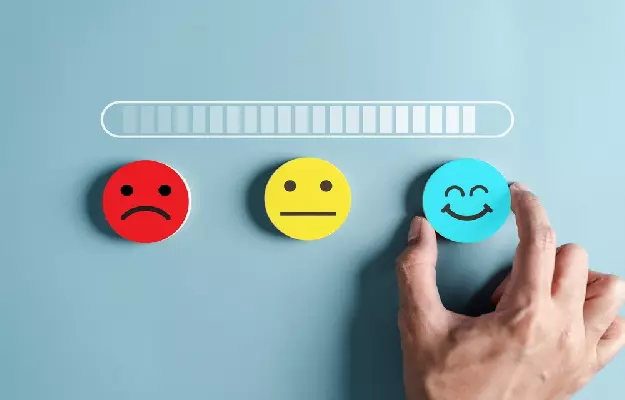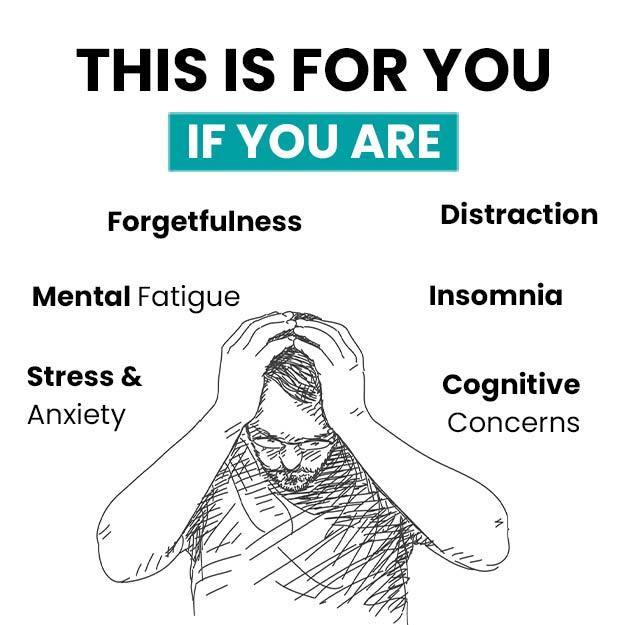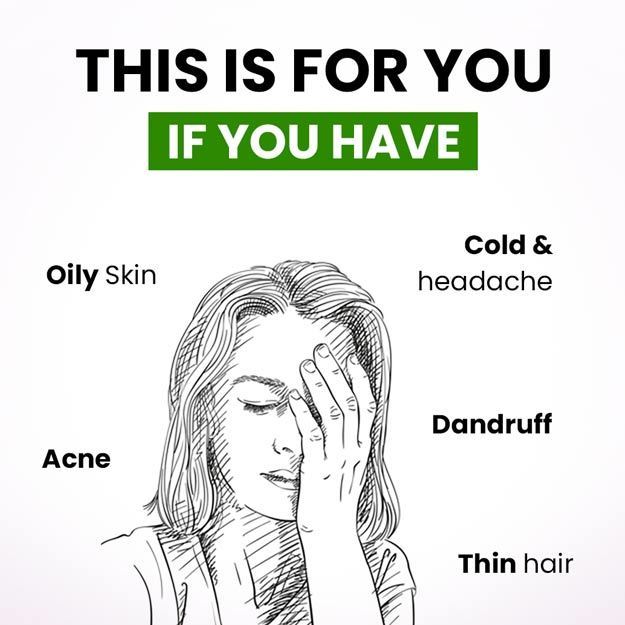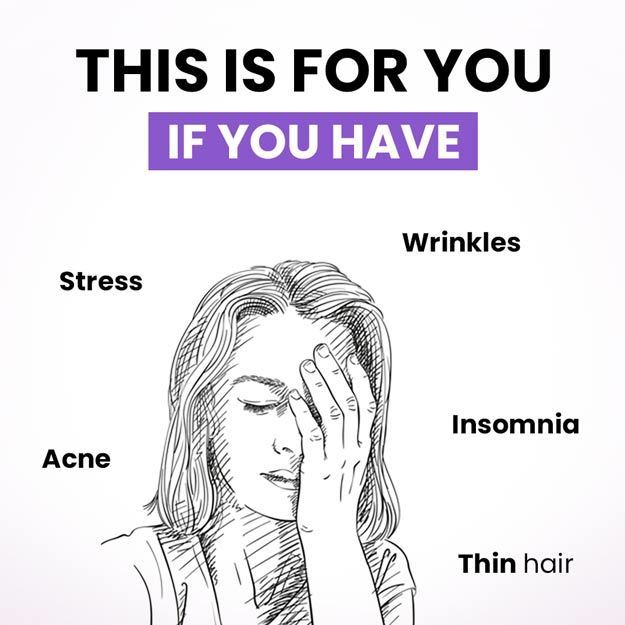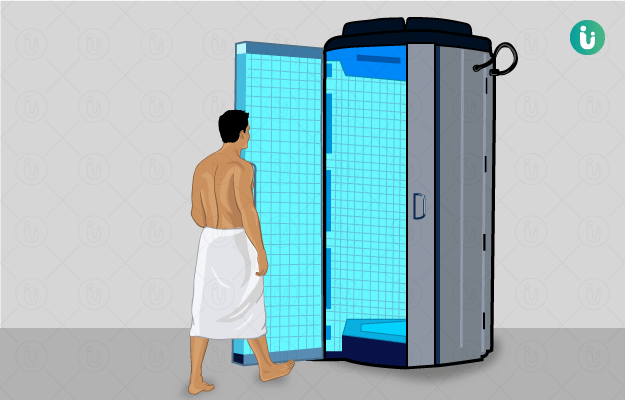1. Changing Negative Thoughts
This involves keeping a close eye on negative thoughts. Often we assume that what we are doing will be the worst, or give too much importance to small things. Thinking this way can have a negative impact on whatever you do and then what you were actually thinking could be wrong. Your therapist will ask about your thoughts in certain situations so you can identify negative patterns. Once you know about them then you can try to make your thoughts positive.
For example: "I didn't do this job well because I'm a completely useless person." Instead of saying, "That wasn't my best work, but I'm a valuable employee and I'm great in many other ways." I will contribute."
Read more - (The Mind Pod - A Mental Health)
2. Guided Search
By now the therapist will be familiar with your approach. They will then ask questions designed to challenge your assumptions and broaden your thinking. You may be asked to provide evidence that supports your assumptions, as well as evidence that does not support your assumptions.
In the process, you'll learn to see things from another perspective, especially ones you might not have considered before. This may help you choose a more useful path.
3. Exposure Therapy
Exposure therapy can be used to confront fears. The therapist will gradually expose you to the things that trigger fear or anxiety in you. It will also provide guidance on how to deal with them.
This can be done in small steps. Ultimately, exposure can reduce your fears and make you feel more confident in your own abilities.
4. Journaling And Record Thoughts
Writing is a great way to get in touch with your thoughts. Your therapist may ask you to write down any negative thoughts you have as well as positive thoughts between sessions.
Another writing exercise can also be done to keep track of new ideas and new behaviors you have practiced since the last session. Putting it in writing can help you see how much good you have changed.
5. Activity Scheduling and Behavior Activation
If there is any activity that you put off or avoid doing due to fear or anxiety, after all this you may have the confidence to do it. Activity scheduling can help form good habits.
Read more - (Yoga for mental health: benefits)
6. Behavioral Experiments
Behavioral experiments are commonly used for problems caused by anxiety That involves thinking about doing something bad.
Before starting a task that usually worries you, you may be asked to say what will happen after doing this task? Later, you will talk about whether the prediction came true. Over time, you'll see that what you thought was wrong wasn't actually going to happen.
7. Relaxation And Stress Reduction Techniques
In CBT, you may be taught some relaxation techniques, such as:
You can practice all of these to help reduce stress and increase your sense of control. It can be helpful in dealing with phobias, social anxieties and other stressors.
8. Role Playing
Role playing can help you work through different behaviors in potentially difficult situations. Trying out possible scenarios can reduce fear. As -
9. Successive Approximation
This involves taking tasks that seem overwhelming and can be done by breaking them into smaller parts. Each successive step builds on the previous steps so you gradually gain confidence as you move forward.
Read more - (Effects of improving sleep on mental health)

